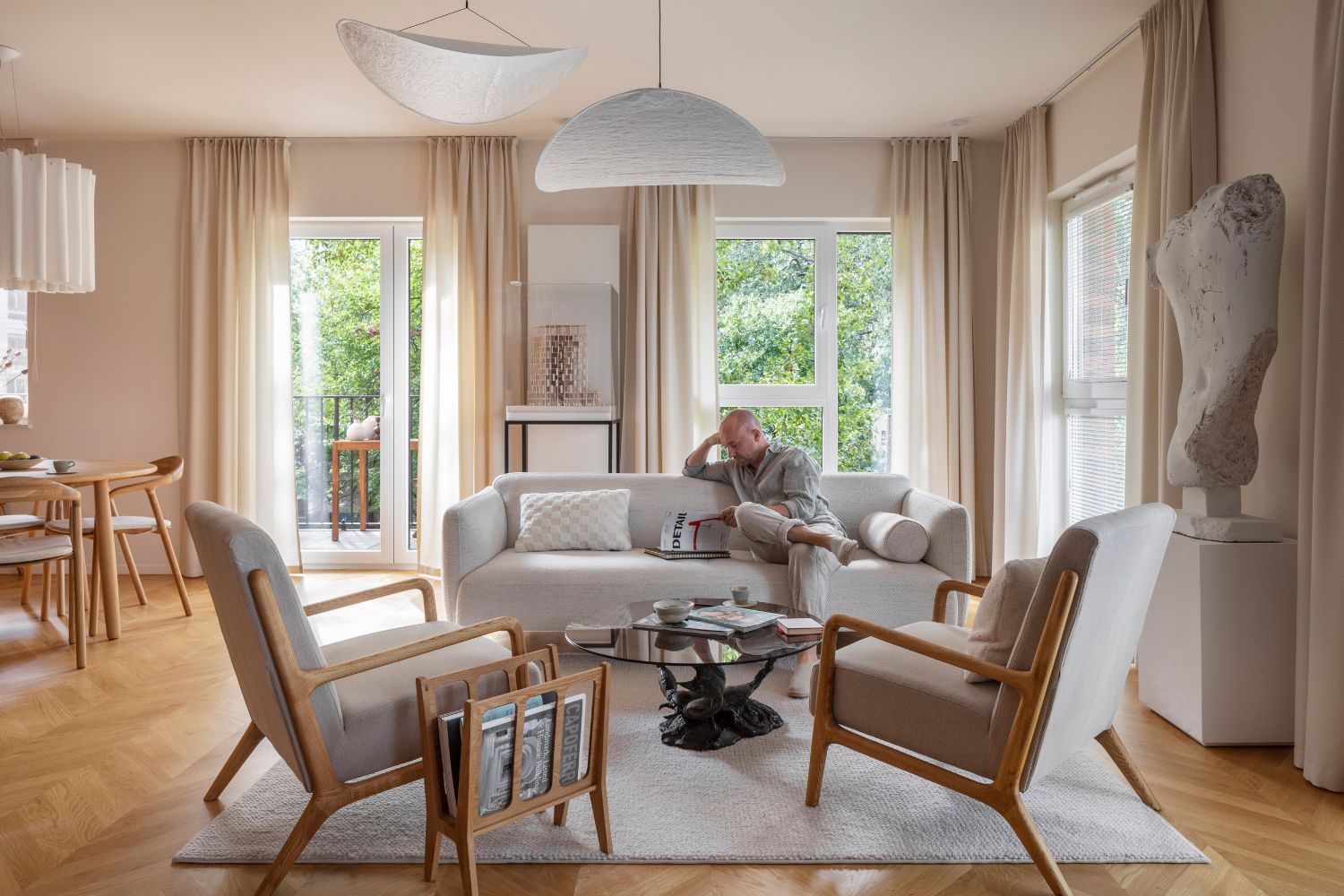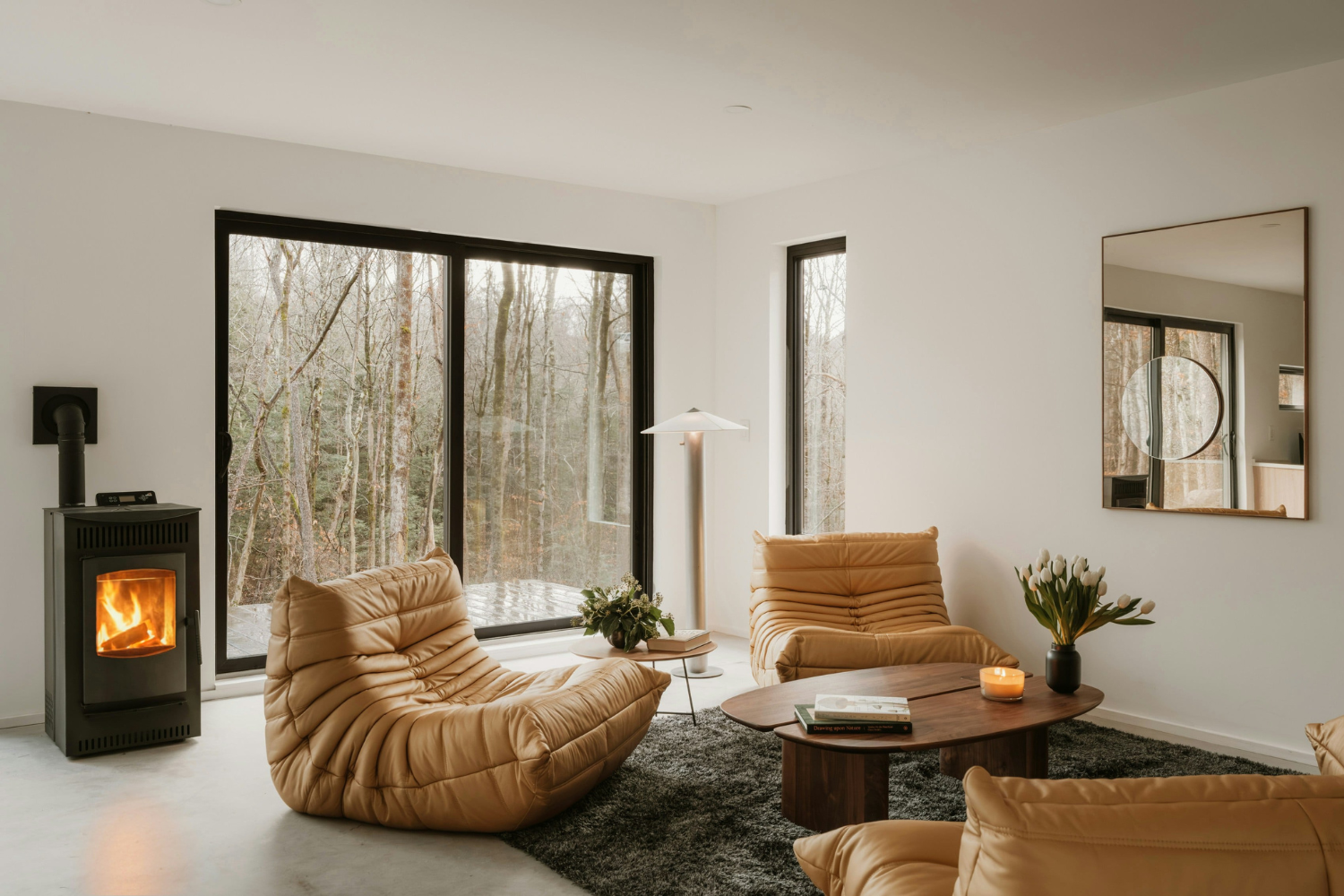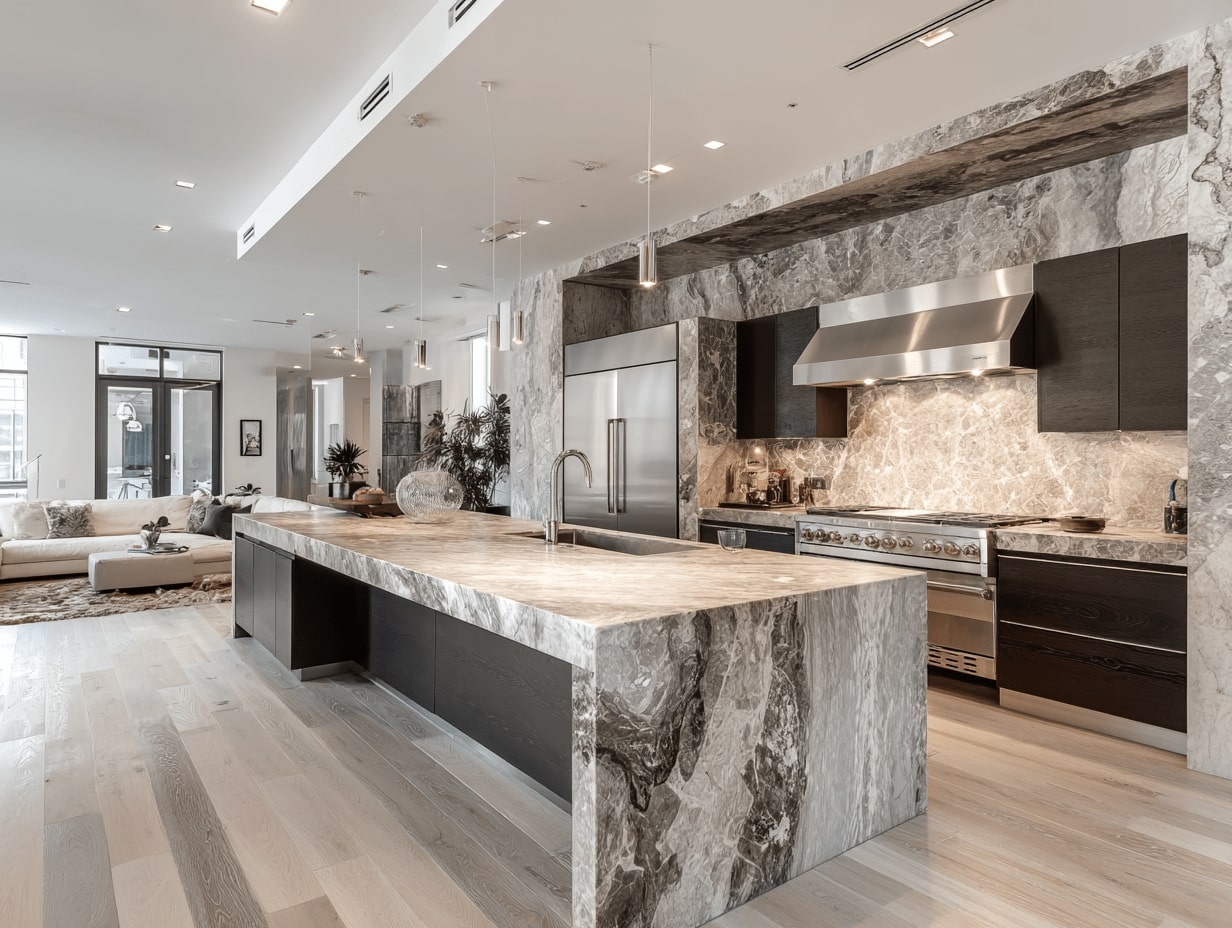- Home
- Articles
- Architectural Portfolio
- Architectral Presentation
- Inspirational Stories
- Architecture News
- Visualization
- BIM Industry
- Facade Design
- Parametric Design
- Career
- Landscape Architecture
- Construction
- Artificial Intelligence
- Sketching
- Design Softwares
- Diagrams
- Writing
- Architectural Tips
- Sustainability
- Courses
- Concept
- Technology
- History & Heritage
- Future of Architecture
- Guides & How-To
- Art & Culture
- Projects
- Interior Design
- Competitions
- Jobs
- Store
- Tools
- More
- Home
- Articles
- Architectural Portfolio
- Architectral Presentation
- Inspirational Stories
- Architecture News
- Visualization
- BIM Industry
- Facade Design
- Parametric Design
- Career
- Landscape Architecture
- Construction
- Artificial Intelligence
- Sketching
- Design Softwares
- Diagrams
- Writing
- Architectural Tips
- Sustainability
- Courses
- Concept
- Technology
- History & Heritage
- Future of Architecture
- Guides & How-To
- Art & Culture
- Projects
- Interior Design
- Competitions
- Jobs
- Store
- Tools
- More
Interior Design Tips for Creating Safe and Stylish Children Rooms
Discover how to create the perfect child's room with this comprehensive guide. We cover functional design, safety-focused furniture choices, and personal decor touches. Learn how to integrate sustainable and non-toxic materials, ensuring a safe, engaging and stylish space for your child to grow and dream.

Creating a dreamy, functional space for your little ones can seem daunting, but it doesn’t have to be. Whether you’re designing a nursery for the newest addition to your family or revamping a room for a growing child, we’re here to guide you through the process.
From choosing the perfect paint color to finding the ideal reading nook, we’ll explore the key elements that can transform a regular room into a delightful haven for your children. We’ll also discuss how to balance style with practicality, ensuring the space isn’t just aesthetically pleasing, but also child-friendly and clutter-free.
So, let’s embark on this exciting journey together, and help you create a room that your children will love and cherish. Stay tuned for some fun, creative, and easy-to-implement interior design tips for children’s and baby rooms.

Table of Contents
ToggleDeciding on the Design Elements
In designing spaces for kids, several elements demand careful consideration. These include color palette, layout, storage, and theme which should also be functional and adaptable over time.
Choosing a Timeless Theme
When choosing a theme for your child’s room, it’s beneficial to consider an enduring aesthetic. As appealing as current trends might be, think how quickly kids outgrow their early interests. Decor inspired by a favorite superhero today might be discarded as passé in a couple of years.
Pick themes that are adaptable, switching the room’s dynamism with changing preferences. For instance, Indigo Ochre Design crafted a marvelous reading space using a daybed and custom bookshelf – such timeless pieces maintain relevance regardless of changing tastes. Similarly, a playroom designed by Bruce Shostak incorporated vibrant hues while maintaining a classic wood-paneled look.
Always consider the longevity of your design. The goal is to create a space that’s not only inviting to your child now, but also maintains its appeal as they grow. An enduring theme saves energy, time, and resources down the line. Stick to classics, as they’re less prone to the whims of passing trends. Approach theme selection as an investment in the future, being the biggest favor to both your child and your wallet.
Furniture and Essentials for Comfort and Safety
Furnishing a child’s room goes beyond simply choosing cute pieces; it incorporates careful assessments of comfort, safety, and adaptability. As we delve deeper into these aspects, we’ll discuss selecting adaptable furniture pieces, understanding safety standards for nursery furniture, and considering cozy seating options.

Selecting Adaptable Furniture Pieces
Adaptable furniture pieces prove to be valuable investments when designing a child’s room. Take, for instance, a daybed designed by Kalon Studios. It not only serves as a comfortable sleep solution, being framed by a custom-built bookshelf converts it into an attractive reading nook. Another great example is the design tactic used by Bruce Shostak, wherein a wood-paneled library was transformed into a dynamic playroom, satisfying the evolving interests of its young residents. These multi-functional furniture pieces adapt to a growing child’s needs, optimizing space usage and ensuring longevity.
Safety Standards for Nursery Furniture
A child’s safety should remain at the forefront of all design decisions. Often, attractive nursery furniture may contain toxins, risking the child’s health. DiFazio suggests checking for harmful chemicals like VOCs or PVC in toys and flooring, phthalates in rugs and carpeting, and talc in baby products. Upholstery sporting the TB117 label may contain flammable materials, a potential safety hazard. Consulting the Consumer Product Safety Commission’s website offers a reliable way to ensure furniture meets the latest US safety standards. Integrated wellness design tips include using secondhand or organic bedding, adding an air-purifying plant, purchasing a washable rug, and opting for zero VOC paint.
Cozy Seating Considerations
Comfortable seating elements significantly enhance the functionality and appeal of a child’s room. An excellent case in point is a bedroom setup curated by Heidi Callier. Here, blush pink curtains mark out a dedicated play zone under the top bunks – a cozy corner for a child to unfold their imagination. In another instance, the design strategy executed by Arent & Pyke showed a balanced interplay between playful and mature elements. The modern, sculptural pieces, teamed with vibrant linen bedding and blush pink walls, created a combined result of timelessness and juvenile charm. These examples serve to remind us that choosing comfortable seating options not only boosts comfort levels but stylizes the environment, making it more enticing for the child.
Room Decor and Personal Touches
After selecting the right furniture and ensuring a comfortable, safe environment, it’s time to focus on the decorative elements that add personality to a child’s room. From the careful incorporation of family heirlooms to the thoughtful selection of textures, fabrics, lighting and window treatments, every detail counts in creating a unique and warm setting.

Incorporating Artwork and Family Heirlooms
A child’s room offers a unique opportunity to blend the contemporary with the traditional. One way to do this is by featuring artwork or family heirlooms in the room. Start by centering the room design around a vibrant rug or colorful painting that captures your heart. Let these items inspire the color scheme and arrangement of the rest of the room. Family heirlooms or items with personal significance can also serve as unique decor pieces that add a touch of familiarity and warmth to the room.
Textures and Fabrics for a Cozy Atmosphere
Adding textures to a room can markedly amplify its comfort quotient. Options such as a plush area rug, even if you already have carpet, can be instrumental in boosting a room’s coziness. The choice of fabric can also play a major role in setting the ambiance of the room. As suggested by one mom, choosing a washable rug for her daughter’s nursery has proven to be a sensible decision more times than she can count.
Lighting and Window Treaties for Mood Setting
Lighting plays a key role in defining the mood of a child’s room. Strategic use of ambient, task, and accent lighting can create a balanced and soothing atmosphere. During the day, make use of natural light by considering window treatments that allow daylight in but also ensure privacy. For nighttime and naptime, invest in high-quality curtains or blackout shades. They not only mimic nighttime darkness but also help maintain room temperature, making them particularly helpful in summer months. Proper choice of window treatments can contribute to a better sleep regime for your child, supporting sound sleep for longer durations.
Planning for Future Needs
A well-designed children’s room isn’t just about appearance. It should also be a space that adapts to the evolving needs of your child. Here’s how to plan for future needs efficiently.
Designing a Room to Grow with Your Child
One fundamental aspect of children’s room design is ensuring the decor and furniture selection can grow with your child. Opt for versatile pieces that’ll serve their purpose for years, not just momentarily.
Take, for instance, a project carried out by Chango & Co., where a dynamic-feel, black-and-white wallpaper was chosen, creating an atmosphere adaptable to a child’s changing taste. A practical and modern changing table was seamlessly incorporated, ensuring easy transition into a dresser as the child grows. The room also made use of graphic prints and low-slung shelving for toys – an element that withstands the passage of time as toys eventually get replaced.
Similarly, Kim Gordon Designs introduced a Jungle Book theme room that covered walls with vivid illustrations of wild animals and lush flora. Accompanying this was an assortment of natural wood and rattan furniture, concocting not only a visually enthralling room but one that could grow with the child, maintaining relevance as the child ages.
Christina Kim Interior Design paired a salmon-pink ceiling with a bright orange accent. The warm rosy glow wasn’t just about color. It was about creating a room atmosphere that instinctively developed with the child, remaining relevant and comforting.
Designing a room that grows with your child can save time, effort, and resources. By opting for transition-friendly furniture and a timeless theme, you are not just preparing for future needs but also ensuring your child enjoys a personal space that feels safe and comfortable through their journey of growth.

Eco-Friendly and Non-Toxic Materials
Tackling children’s room design includes considerations beyond just style, color, and functionality. One key factor given priority today is the integration of eco-friendly and non-toxic materials. Keeping in mind the health implications of materials used in a child’s space, the selection process demands additional care and information for parents.
Choosing Sustainable Furniture and Decor
When it comes to decking out children’s rooms, long-lasting and neutral basic furniture promises style and durability. Selecting wooden furniture not only ensures longevity but also offers sustainability. FSC-certified pieces, for instance, are an excellent choice under this criterion, made from sustainably sourced woods. A commendable example of this comes from Kids Concept, offering children’s bedroom furniture that’s both eco-friendly and durable.
The conscious choice of environmentally responsible decor extends to wall coverings and ceiling paints. For instance, Lucy Harris Studio specifically opted for a bubble-themed wallcovering by Chasing Paper and a ceiling painted in Benjamin More Blue Jean. This thoughtfully crafted room maintains an impression of whimsical wonder, going hand-in-hand with eco-conscious choices.
Avoiding Toxic Paints and Materials
The promise of a non-toxic children’s room doesn’t stop at furniture selection. It extends to the materials used to finish the room, including paints and wall coverings. For instance, opting for paints free of volatile organic compounds (VOCs), which can harm indoor air quality, underscores the commitment to a healthy environment for your children.
With a note of caution, always ascertain the safety of the decor materials. Notably, in a nursery designed for Sonam Kapoor Ahuja’s son, Vayu, Anusha Nanavati Design Studio capitalized on organic tones of wood and rattan in multiple elements. This not only infused the space with warmth but also cemented its place as a timeless design.
To conclude, remember that while design and aesthetics are significant, the importance of eco-friendly and non-toxic materials in a child’s room cannot be overstated. A careful blend of stylish, functional, and safe can indeed deliver a space where your children can grow, play, and dream.

Conclusion
Appoint a unique nook dedicated to reading as part of your child’s bedroom or playroom. For example, a custom-built bookshelf surrounding a snug daybed, similar to that designed by Indigo Ochre Design, can prove to be an idyllic getaway for young bookworms. This sparks an appreciation for the literary arts from an early age and also provides a comfortable sanctuary for them to retreat into their imaginary worlds reinforced by their favorite tales.
For toddlers and older children, consider fun themes that can fuel their imaginative play and make their rooms a haven of joy. A fine example of this is seen in the marvelously executed bubble-themed wallcovering by Lucy Harris Studio, creating a fantastical sense that the in-room bunks are levitating.
Lastly, don’t be afraid to delve into your heritage or family memorabilia. Incorporating these aspects into the room’s design introduces the child to their roots and imbues an array of textures and visual interest into space.
Navigating the rewarding journey of children’s room interior design can be a joyous and fascinating experience. With a keen eye for safety, functionality, and charm, combined with a strong commitment to sustainability and eco-friendliness, we can create stunning, nurturing spaces for our young ones to grow, dream, and learn.
Submit your architectural projects
Follow these steps for submission your project. Submission FormLatest Posts
BXB Studio’s Hybrid Interior: Redefining the Modern Architectural Workplace
The Warsaw headquarters of BXB Studio was established in a modest 70...
5 Must-Know Interior Design Trends in American Homes
From warm minimalism to bold oversized artwork, these five interior design trends...
How Open Kitchens Create a Sense of Space Indoors (Without Sacrificing Function)
Open kitchens: see how sightlines, lighting, and smart layouts make rooms feel...
The Revival of Chunky Fiber Crafts in Modern Interior Design
Contemporary interior architecture has shifted away from hard minimalism. After a decade...












Leave a comment